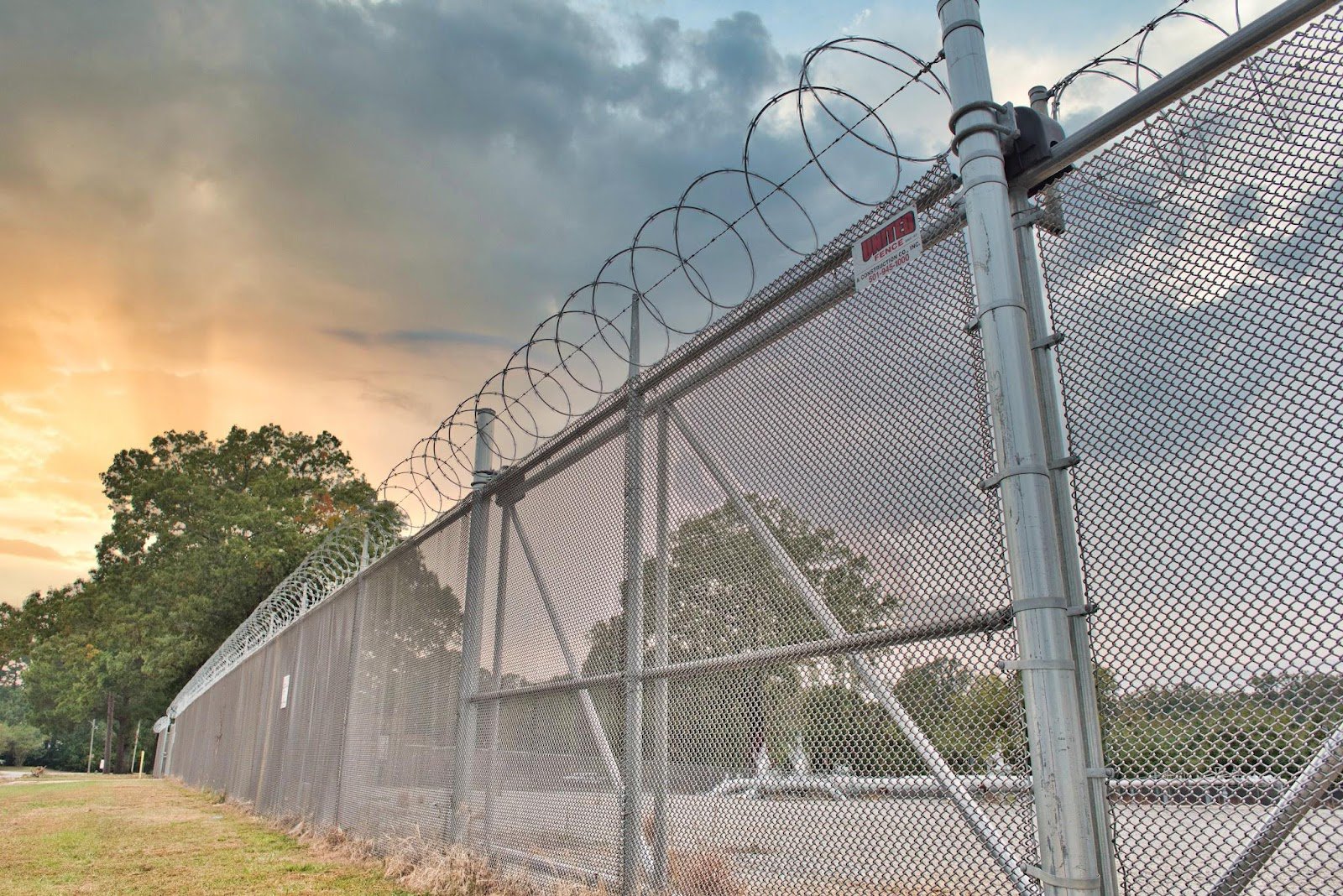All Categories
Featured

When taking into consideration setting up a fence on your building, one of the most important steps is to comprehend whether you need a license. The specific permits required can differ depending on your location, the kind of fence you plan to set up, and the elevation or positioning of the fencing.
Why You Required a Permit for a Fencing Setup. A fencing permit is essential to guarantee that the installment satisfies regional regulations. The license procedure aids local authorities confirm that your fencing does not conflict with traffic visibility, regard your residential or commercial property lines, or violate height limitations. It additionally makes sure the safety of the structure, so it does not present a danger to you, your next-door neighbors, or the public. Installing a fencing without a permit can cause penalties, removal of the fencing, or delays in construction, so it's necessary to check whether a permit is needed before beginning your project.
Kinds of Licenses You May Need. There are a couple of common types of permits you could require for a fencing installment:
Building Permit. A structure permit is the most common license required for fence installations. This authorization guarantees that the fence meets safety standards and is constructed according to local building ordinance. A building license is commonly needed if the fence surpasses a specific height (frequently 6 feet), is made of certain products, or lies near a public pathway or roadway.
Zoning Permit. A zoning authorization may be called for to validate that your fence abides by local zoning regulations. Zoning laws can dictate where a fencing can be placed on your property, just how high it can be, and whether it is allowed specific locations (such as along property lines or in front backyards) For example, some towns have guidelines limiting the elevation of fence the front backyard to guarantee presence for pedestrians and chauffeurs.

Problem Permit. If you are building a fence near your building line or near a street, you might need a trouble permit. An obstacle refers to the range a framework, consisting of fencings, must be from the home line. Trouble regulations differ by place, and guaranteeing that your fencing is positioned properly can stop problems with neighbors and prevent offenses.
Homeowner Association (HOA) Authorization. You might require authorization from them in enhancement to regional permits if you live in a community controlled by a Property owner's Association (HOA) HOA policies frequently cover the type of products, elevation, style, and shade of fencings. Even if your city government doesn't require a permit, your HOA may still have particular guidelines that need to be followed.
Just How to Request a Fence Authorization. To get a fence license, you'll require to call your neighborhood building division or preparation workplace. The application procedure generally includes completing a kind, paying a fee, and sending a site plan of your property that reveals the recommended location of the fencing. You might also require to consist of details regarding the materials, elevation, and style of the fencing.
Sometimes, a regional authorities might require to examine your property before approving the authorization. Once the permit is provided, you will certainly be accredited to wage your fencing setup.
When Is a Permit Not Required? In specific circumstances, an authorization might not be called for. These scenarios can consist of:
Low Height Fences: In numerous areas, fencings that are listed below a particular height (often 3 to 4 feet) may not require a license, specifically if they are put in the backyard or other non-visible areas.
Fence Substitute: If you're replacing an existing fencing with the very same height and material, some areas might not call for a brand-new authorization.
Non-Obtrusive Fencings: Momentary or ornamental fencings, such as those utilized for gardening or landscape design functions, may not need permits as long as they are low and not permanent.
Nevertheless, it is very important to talk to your local zoning office or building department, as regulations can differ by territory.
Repercussions of Not Getting a Permit. Failing to obtain the needed licenses can result in substantial effects. These include fines, compelled removal of the fencing, and even hold-ups in building and construction. In addition, if your fencing does not fulfill regional laws, you might face lawful problems with neighbors or regional authorities.

Conclusion. By making sure that you adhere to neighborhood policies and acquire the needed authorizations, you can prevent costly blunders and guarantee that your fence is legitimately certified. Check with your local structure department, HOA, and zoning office to establish what authorizations are required for your details fencing task.
Latest Posts
Make Your Dream Fencing a Fact with Montana Fencing Funding
Published May 09, 25
1 min read
Elevate Your Occasion with The other day's Tavern Food catering
Published May 09, 25
1 min read
Relax with the Best Happy Hour around at Yesterday's Tavern
Published May 09, 25
1 min read